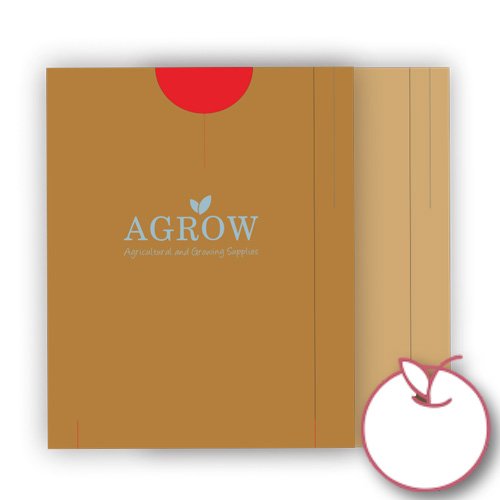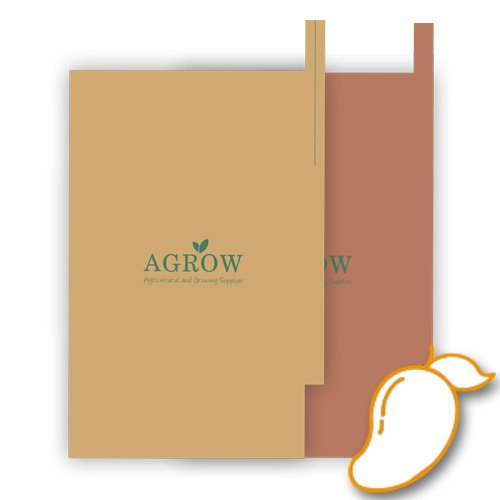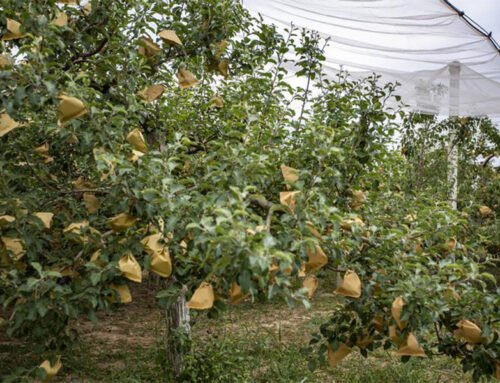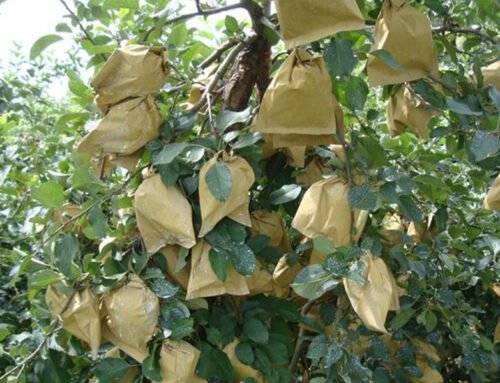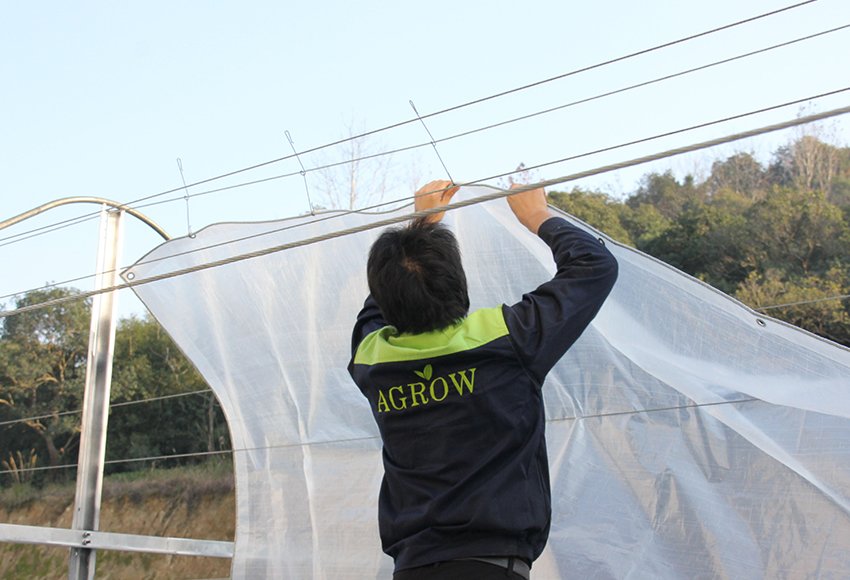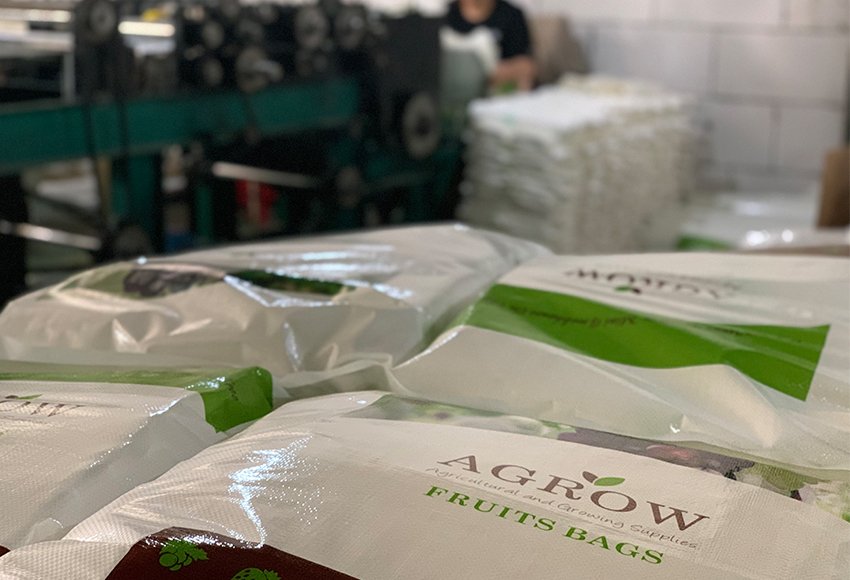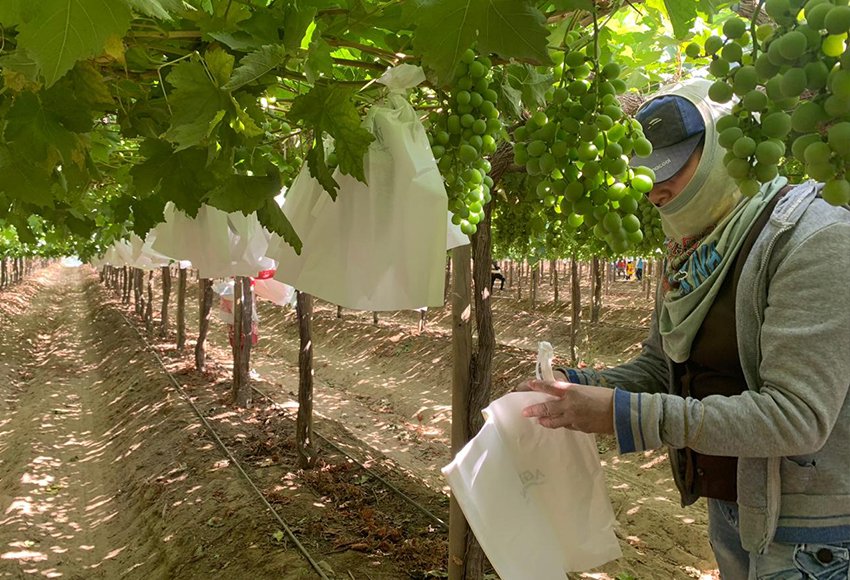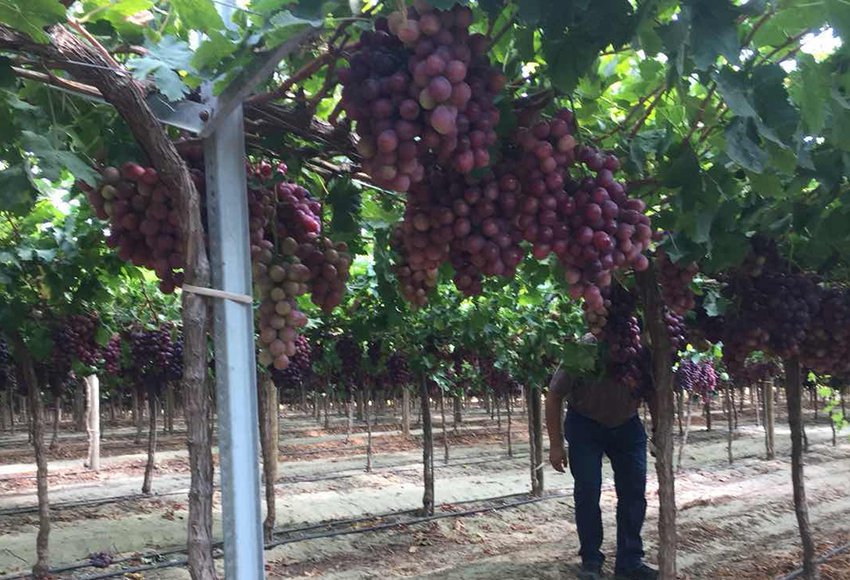Characteristics of stone fruits and key points of planting stone fruits
Characteristics of Stone Fruits
Stone fruits, members of the Rosaceae family, are characterized by a fleshy outer part surrounding a hard, stony pit that contains the seed. They are renowned for their sweet and juicy flavor, making them popular worldwide. Common examples include:
Apples: Crisp, juicy, and available in various colors and flavors.
Pears: Sweet and tender with a distinctive texture.
Peaches: Soft, juicy, and often characterized by fuzzy skin.
Nectarines: Similar to peaches but with smooth skin.
Plums: Sweet or tart, with a wide range of colors and sizes.
Cherries: Small, round fruits with a sweet or tart flavor.
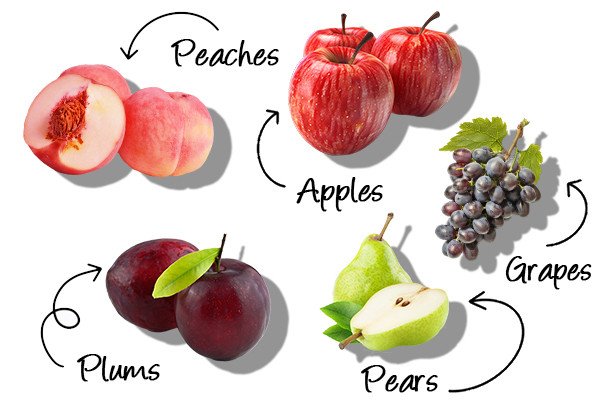
These fruits are typically deciduous trees or shrubs, requiring specific climatic conditions for optimal growth. They are generally self-pollinating, but cross-pollination can often result in increased fruit set.
Key Points of Planting Stone Fruits
Successful stone fruit cultivation depends on several factors:
Climate: Most stone fruits thrive in temperate climates with distinct seasons. They require a certain number of chill hours (below a specific temperature) for proper dormancy and fruit development.
Soil: Well-drained, fertile soil with a slightly acidic pH is ideal. Proper soil preparation is essential.
Sunlight: Stone fruits demand full sun exposure for optimal growth and fruit production.
Spacing: Adequate spacing between trees is crucial for proper air circulation and sunlight penetration.
Pruning: Regular pruning is necessary to maintain tree shape, remove diseased or unproductive branches, and promote fruit production.
Pollination: While many varieties are self-pollinating, planting compatible cultivars can increase fruit set.
Pest and Disease Management: Implementing integrated pest management (IPM) strategies is essential to protect trees from common pests and diseases. If necessary, you can also use protective nets, fruit protection bags and other means to ensure the quality of the fruit.
Harvesting: Timing is crucial for optimal flavor and quality. Fruits should be harvested at the peak of ripeness.
By carefully considering these factors, you can increase your chances of growing healthy and productive stone fruit trees.
